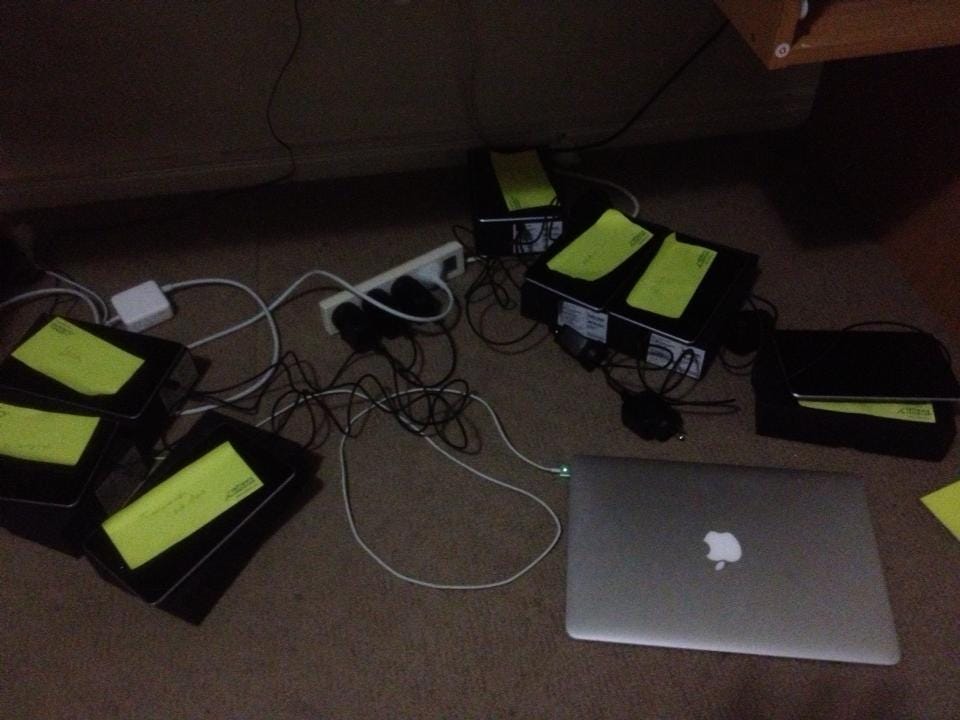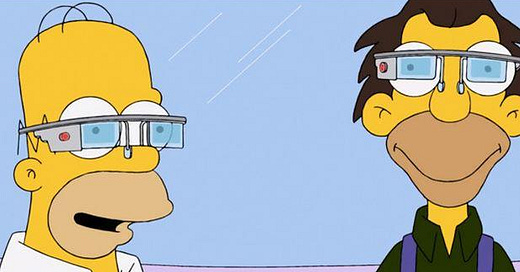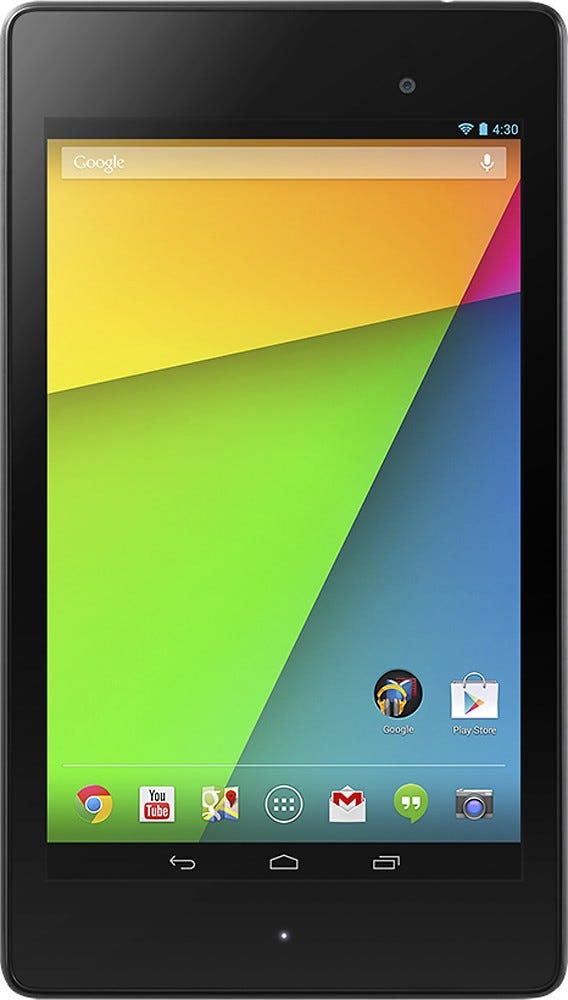With the number of ChatGPT for X products being announced these days, I thought it would be a good time to reflect on how we successfully rode a tech hype cycle a decade ago.
Back in the 2010s, this was a typical dedicated punch card device that people would have to use to clock in and out of work. It cost tens thousands of dollars to buy, you needed to connect it to your internal network over ethernet, and the “reporting software” you used to run your payroll with was a raw CSV file.
We needed a time clock for the business we were operating. We didn’t want to spend thousands of dollars. And we used Gmail and Google Docs - the idea of having to run software not in a browser was confusing. “The cloud” wasn’t a new idea in some markets, but it hadn’t really made it to the time and attendance world. To us university students, it seemed pretty obvious.
We realised that you could do all the same stuff that this device was doing, with a $200 mass market Android tablet and some software. All of a sudden, we had a software business.
We built an Android app, then we needed a device. We shopped around and eventually landed on the Asus Nexus 7 - a good blend of affordable, sturdy, and not too ugly.
Whenever we signed a new customer, we’d buy a tablet, lock it down, set up our app, and mail it to the customer. Since fully charging these tablets took ages, I’d do a bunch each night before going to sleep.

I’m not sure we were smart enough to articulate it at the time, but we were riding few technological waves at once:
Affordable consumer hardware. The iPad had launched recently, and in response every other electronics manufacturer had created a cheap Android knockoff. They didn’t do that well with the wider market, so there was lots of cheap excess supply. At one point in time we were the biggest buyer of Nexus 7s from two online resellers.
Cheap + decent mobile internet. Many of our customers didn’t have great wifi yet, particularly in the factories, warehouses, or staff rooms they wanted to put time clocks in. No worries - we could supply you with a Nexus 7 3G mode, sim card included, for an extra $10/month. A few years later we had an inventory list with Optus so large that their website would crash when loading our account.
SaaS. Behind the Cloud had been published years ago, but SaaS hadn’t yet infiltrated every B2B industry the way it has today. Our customers were not software companies, so reached them last. Over time we could measure how comfortable customers were with SaaS by how rarely we said “the cloud” in demos.
SaaS grew incredibly in the 2010s, to the point where now you’d be laughed at for selling a non-SaaS product. Mobile internet and consumer hardware both got gradually cheaper, until one day they were so ubiquitous and affordable that we didn’t need to supply them anymore. Today we’re a software-only company; customers provide their own device (iPad or Android) and their own internet connection.
If you told a customer today they need to spend thousands of dollars upfront to buy a device they could connect to their ethernet network, they would just look at you confused.1
I think the important lesson to learn from this is that we built our business model by combining a bunch of technology innovations that were all getting better and cheaper every day. This enabled us to massively undercut the status quo. Each technology was hyped in itself, and you could raise a lot of VC money by adding “mobile” to the description of your product. But what we found, that many peers didn’t, was a way of connecting the technologies to do something more useful than the sum of their parts.
In a few months time I think the hype around “ChatGPT for X” will fade, and the fact that you use ChatGPT won’t be enough to 10x your company’s valuation. The businesses that are worthwhile 10 years from now will be those that use generative AI to do something totally new, or to do an existing job significantly better and cheaper. A good place to start is finding other technological waves you can ride that AI can improve.






